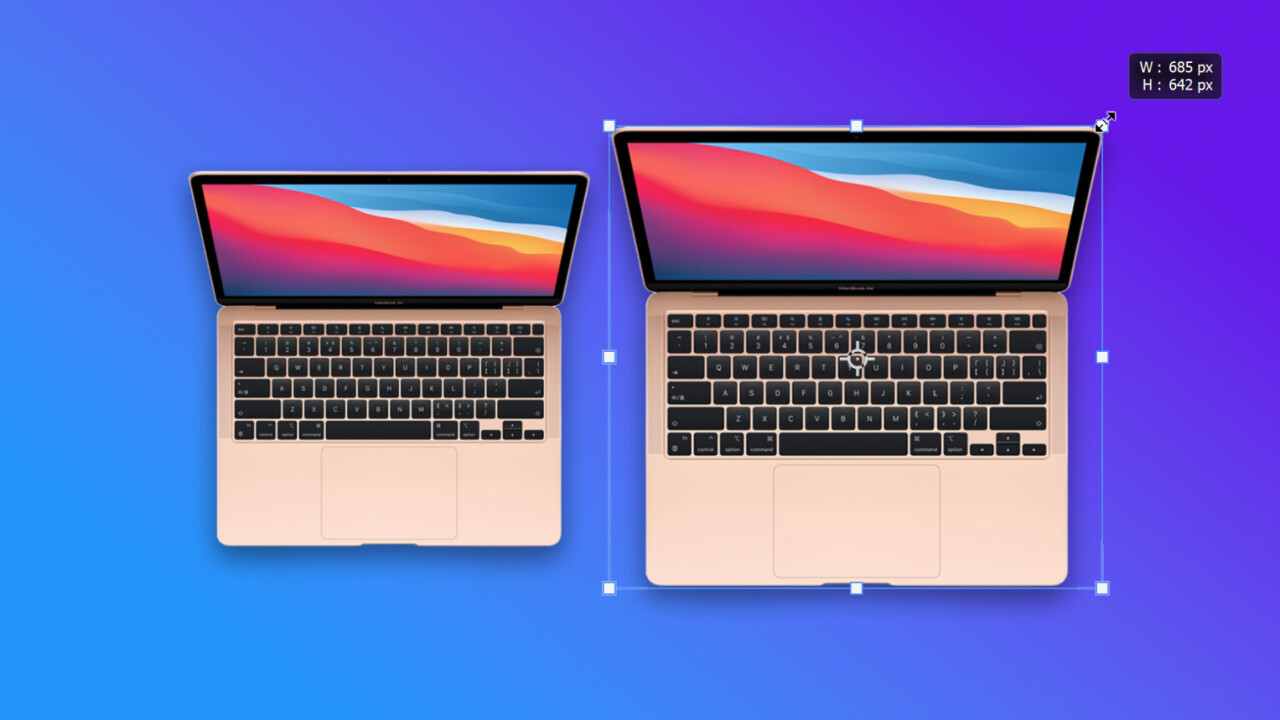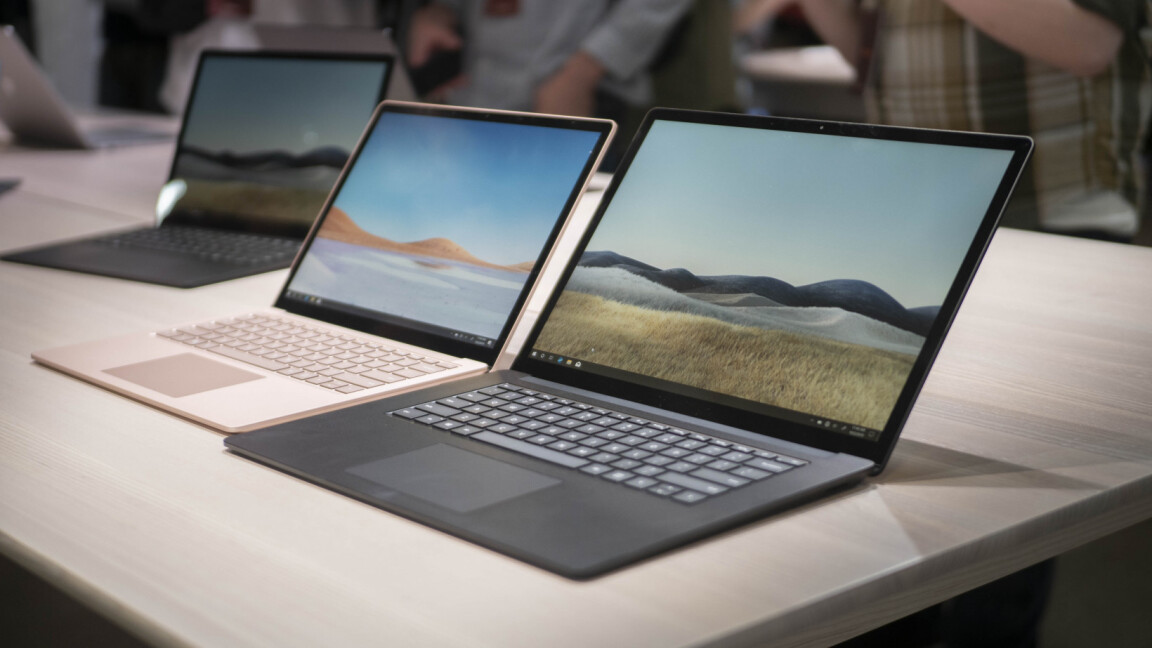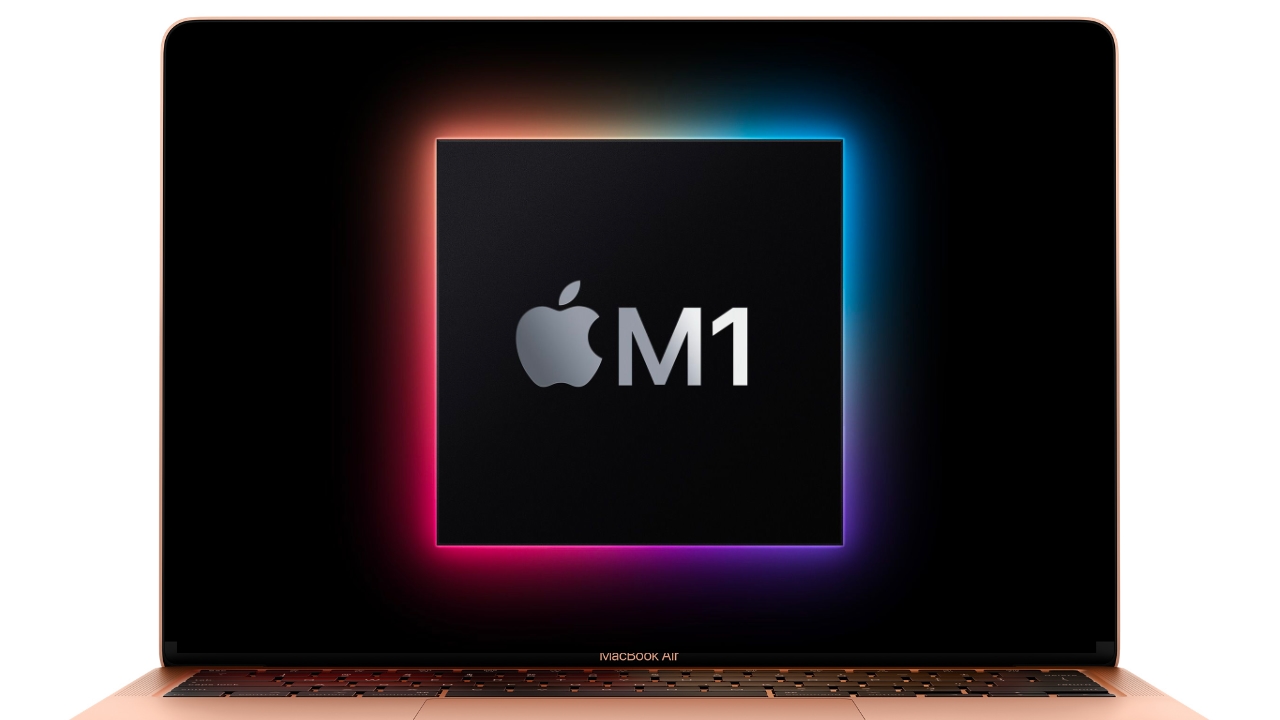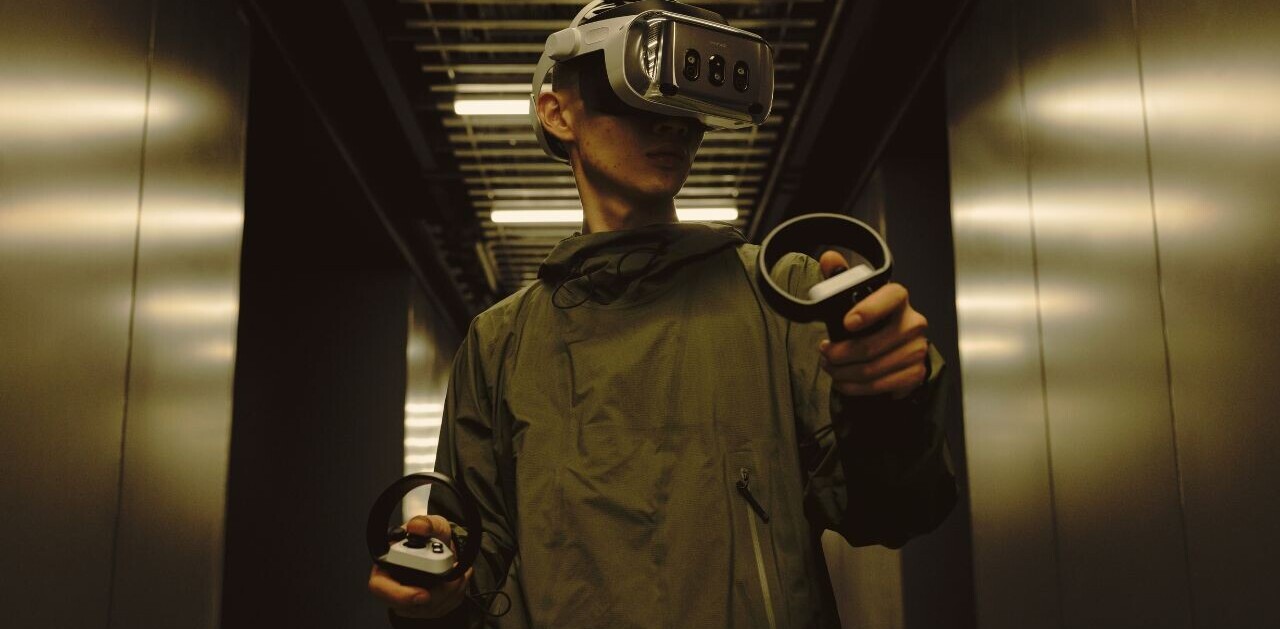
Some of the spiciest news to leave the Apple rumor mill this month tells us the company plans to release a 15-inch MacBook Air. Actually, it might not even be called a MacBook ‘Air,’ but it would at least offer a lighter and cheaper alternative to the 16-inch MacBook Pro for those who would like a big screen on their laptop.
It’s not the first time we’ve heard this rumor, but it seems increasingly likely to be true thanks to recent reports by Display Supply Chain Consultants and Apple tipster Ming-Chi Kuo. Unfortunately, such a device might not arrive until 2023.
Predictions for Apple's potential 15" notebook in 2023:
1. Mass production in 4Q23 if all goes to plan.
2. Although a larger display generally consumes more power, the design goal is to use the same 30W power adapter as MacBook Air.
3. It might not be called MacBook Air. https://t.co/R3UfxNWZW1— 郭明錤 (Ming-Chi Kuo) (@mingchikuo) March 24, 2022
I always suggest taking rumors so far in the future with a big grain of salt — predictions could be based on fluid projects, or Apple could simply change its mind — but as far as I’m concerned, a 15-inch MacBook Air is long overdue. In 2022, there’s no reason a larger screen needs to be exclusive to the highest-performing (and most expensive) laptops.
That wasn’t always the case. For most of the time I’ve tested and reviewed laptops (since circa 2014, for those who care) there’s been a clear performance divide between 13-inch and 15-inch laptops. That was especially true among mainstream laptops in the ‘premium’ tier.
13-inch laptops were the ultimate portable PCs, filling countless lecture halls and coffee shops. Those were the laptops you got because you just needed a laptop and would rather it not weigh you down.

15-inch laptops were for the people that needed to get serious business done on the go. These were often the folks that might otherwise have a powerful desktop build at home but settled for a beefy laptop for the sake of portability.
I’m stereotyping and generalizing here, but you get the gist: 13-inches or less for portability, 15-inches or more for power. It was the 7th law of thermodynamics or something.
And then Microsoft introduced a 15-inch variant of the Surface Laptop 3. It wasn’t the first premium thin-and-light laptop of its size and price, but it stood out as one of the few that didn’t aim for a major performance boost over its 13-inch sibling.

My initial reaction was ambivalent. Sure, it was pretty, but it was underpowered for a 15-inch laptop. Its specs were hardly better than the 13-inch variant’s, which meant similar performance, battery life, and port selection (it’s a similar story with the Surface Laptop 4). While most 15-inch laptops opt for a much faster CPU with higher power consumption, the most substantive difference between the 13-inch and 15-inch Surface Laptops continues to be the larger screen.
It was only later that I realized that was actually kind of a good thing.
I’d underestimated how much value I would derive from just the larger screen. The 15-inch Surface Laptop was better for multitasking, playing games, editing images, and writing articles than similarly spec’d 13-inch devices, not because it was more powerful, but simply because it was easier on the eyes. And that’s without getting into the obvious benefits for those with poor eyesight.
It’s much the same reason my laptop feels more powerful when I dock it to my desktop monitor, the same reason Apple sells an iPhone 13 Pro ‘Max,’ and the same reason folding phones are becoming a thing: you can just do more with a larger screen.
A 15-inch option would presumably make a significantly larger screen attainable for would-be MacBook buyers without having to spend over a thousand dollars more on a MacBook Pro. For reference, the 13.3-inch MacBook Air currently starts at $999, but if all you want is a bigger screen, you’d have to spend a minimum of $2,499 for the 16-inch MacBook Pro (I’m not counting the 14-inch MacBook Pro).
That’s simply untenable for a lot of people. Meanwhile, the entry-level 15-inch Surface Laptop 4 only costs $400 more than the 13-inch model, and the gap is smaller when configured with matching specifications.

Sure, you’re getting better performance with the price bump, but the typical laptop buyer just won’t see the benefits of the more powerful hardware. Modern laptops with average specs already have enough performance for what most people (not just the type of people who read tech blogs) need to do on a day-to-day basis. This was already true before Apple’s M1 chip completely redefined our expectations for laptop performance, and will certainly be more true by the time M2 rolls around.
And yet unlike their Windows counterparts, committed macOS users don’t even have the option of looking at third-party laptops. So it should come as no surprise that, over the years, I’ve heard of too many people buying 15 or 16-inch MacBook Pros for literally no other reason than wanting the larger screen.
In the future, flexible display technology will probably allow us to fit huge screens onto small laptops without costing an arm and a leg. But until then, you just can’t get around the fact that bigger laptops are easier on the eyes and better for productivity, whether or not they’re more powerful than their smaller variants. So while I may not have concrete evidence the 15-inch MacBook Air is in fact coming next year, I do know Apple would be foolish not to make it happen.
Get the TNW newsletter
Get the most important tech news in your inbox each week.



